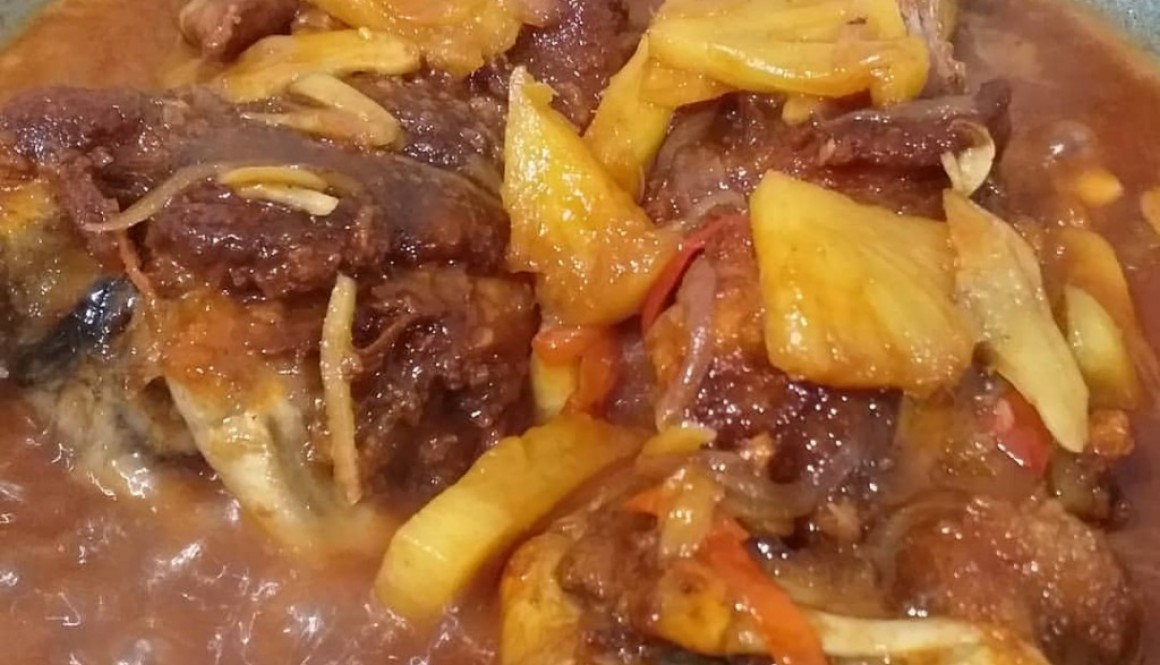

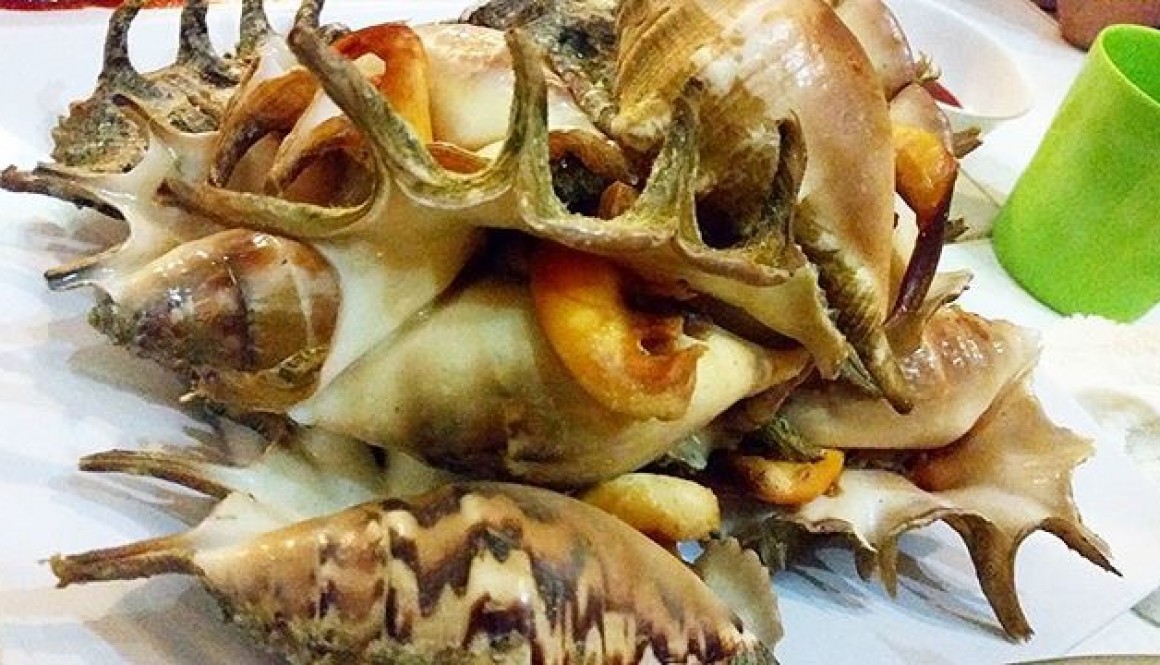
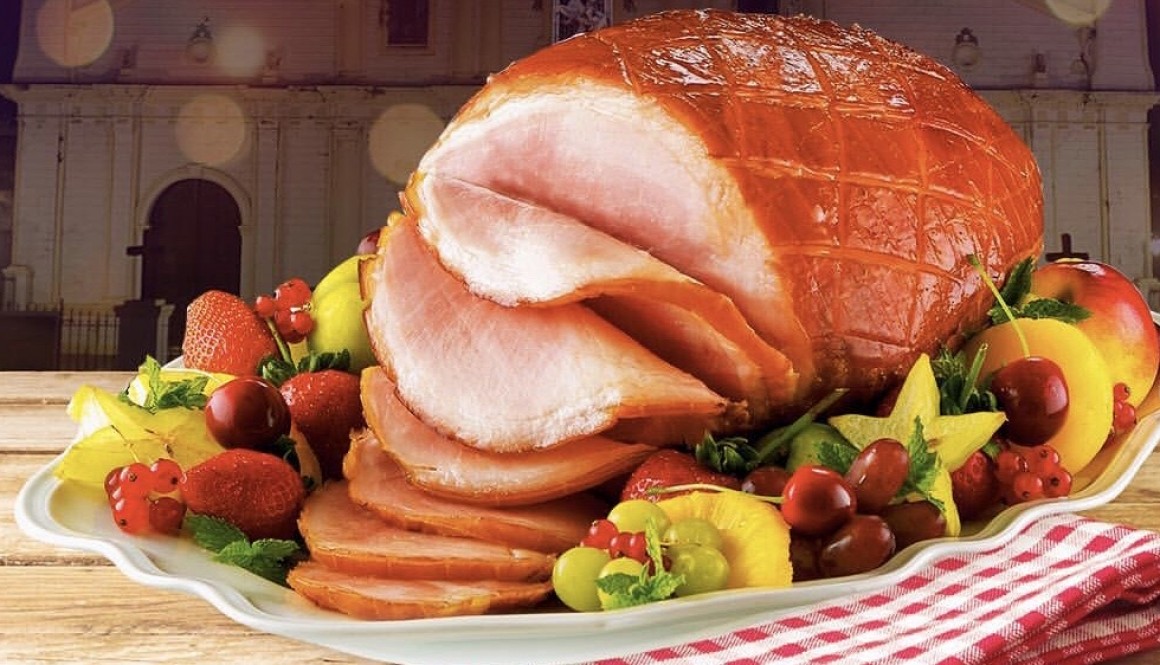
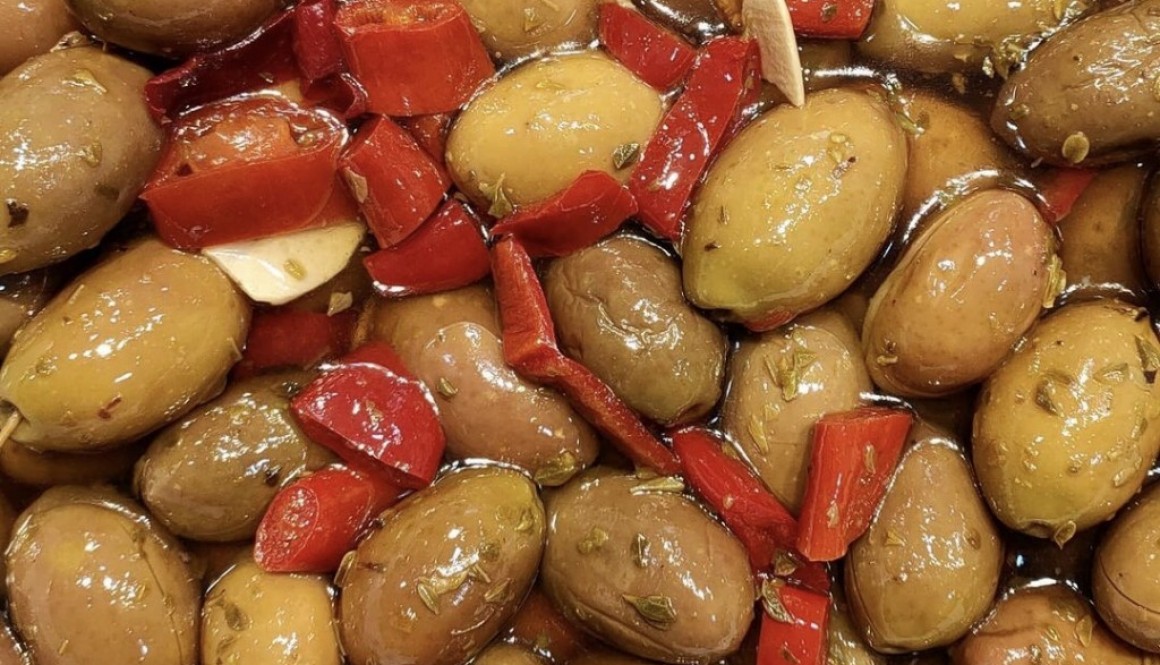
Aceitunas Aliniadas
This recipe for Aceitunas Aliniadas (aceitunas aliñadas) treats was used by the nuns of Santa Clara for making the jarred olives that were Christmas gifts to the Spanish friars.
Olives are imported because they do not grow natively in the tropics.
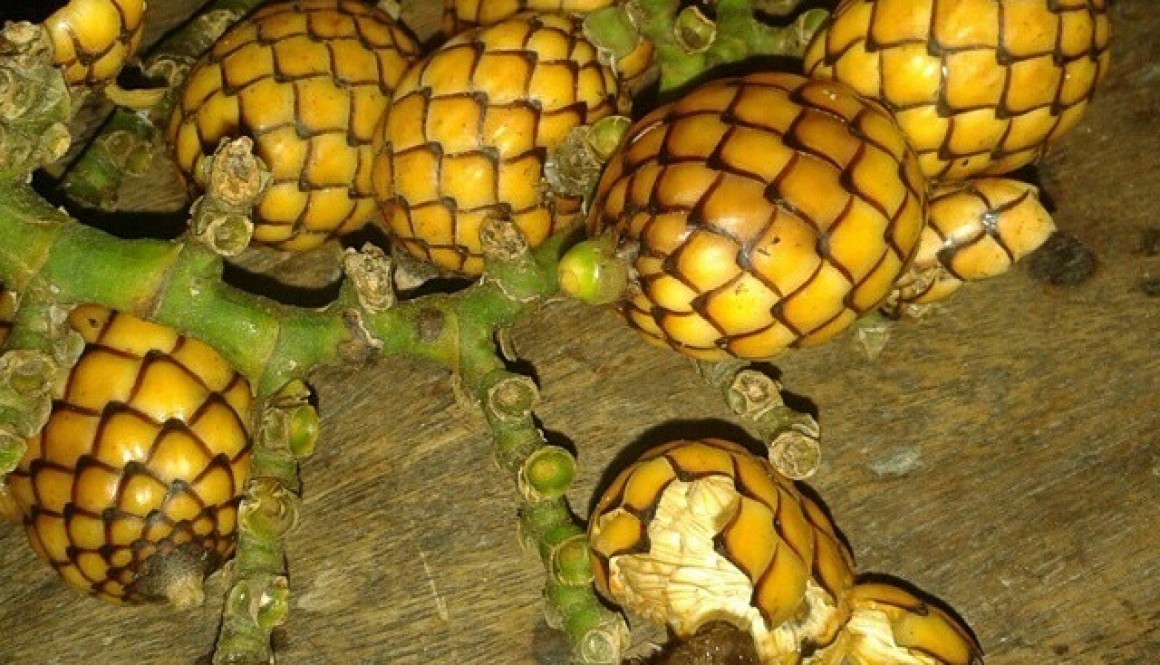
Alimuran (Snake Fruit)
Known for being very sour, the alimuran or rattan fruit is usually eaten with salt or pickled for consumption.
The pangolin-like skin peel is very distinctive.
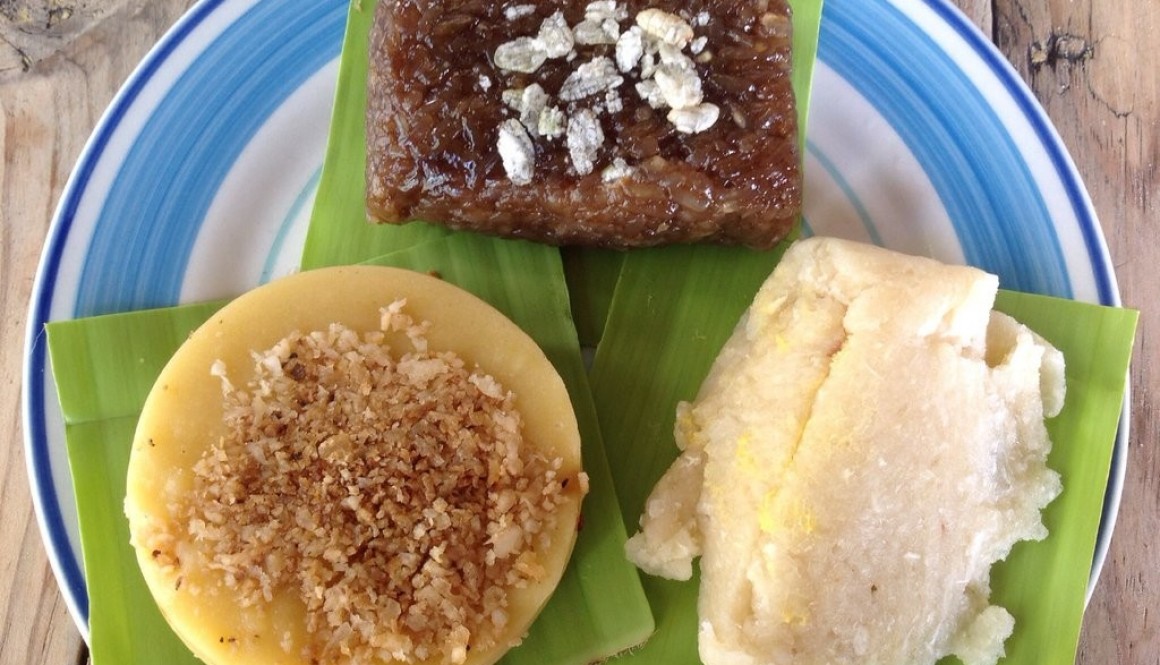
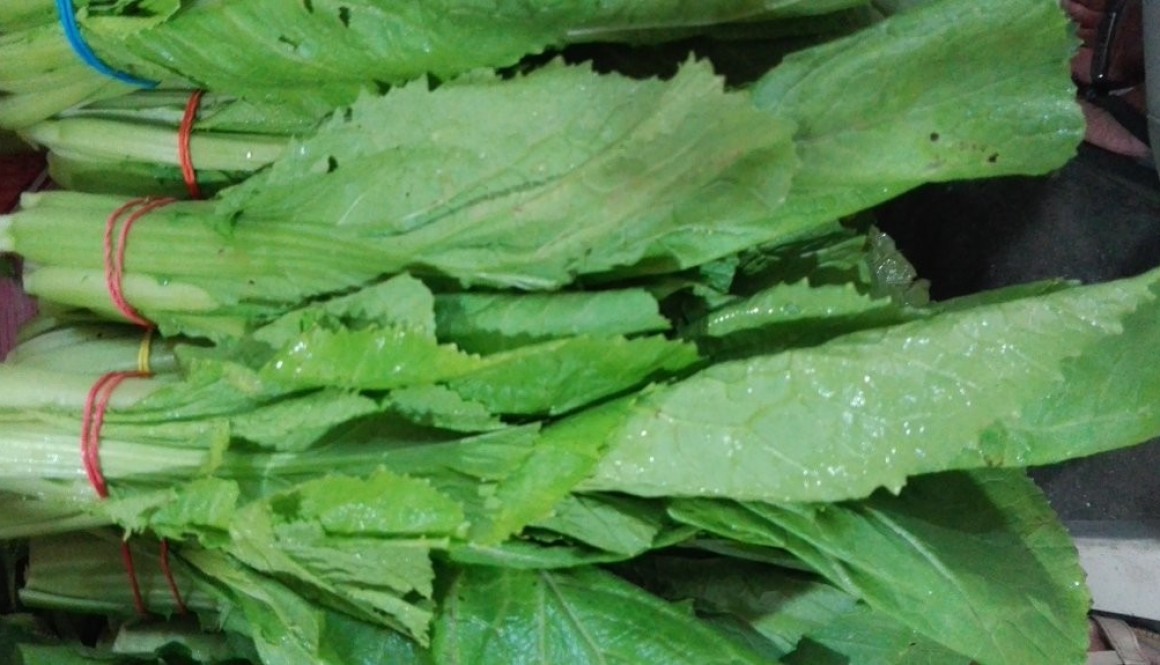
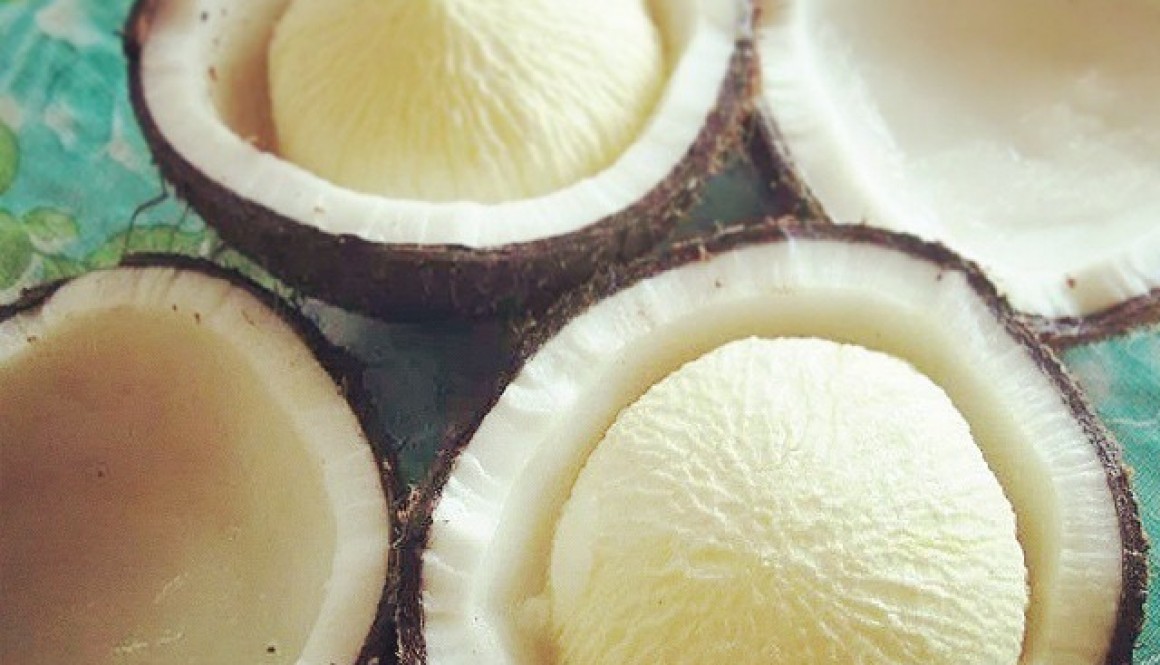
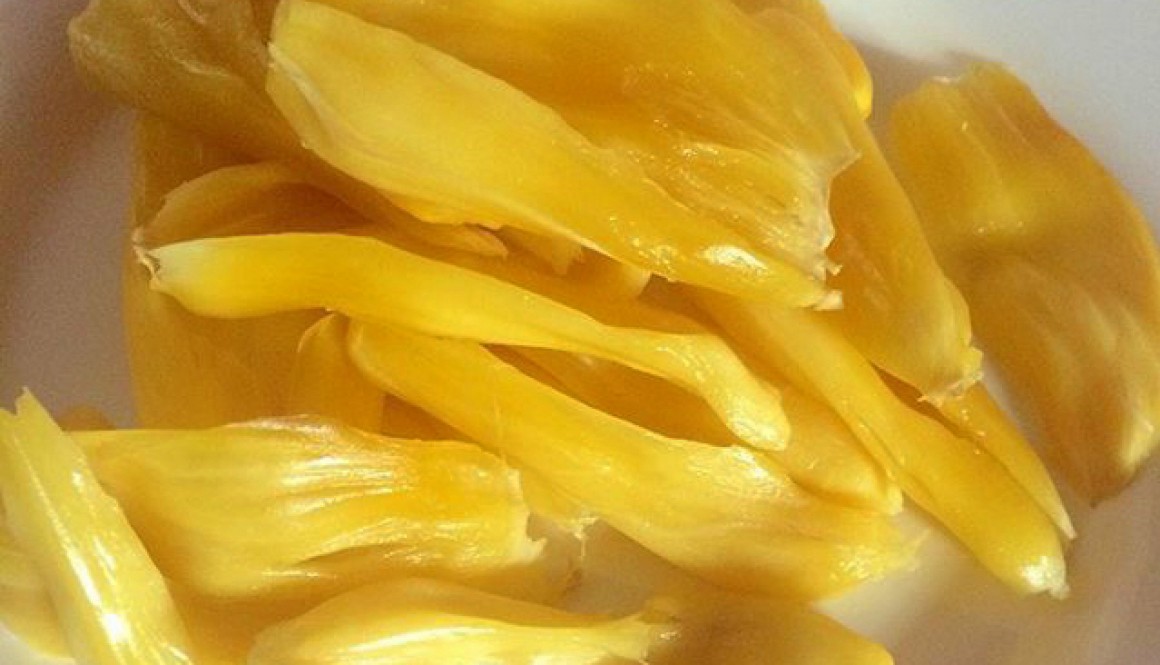
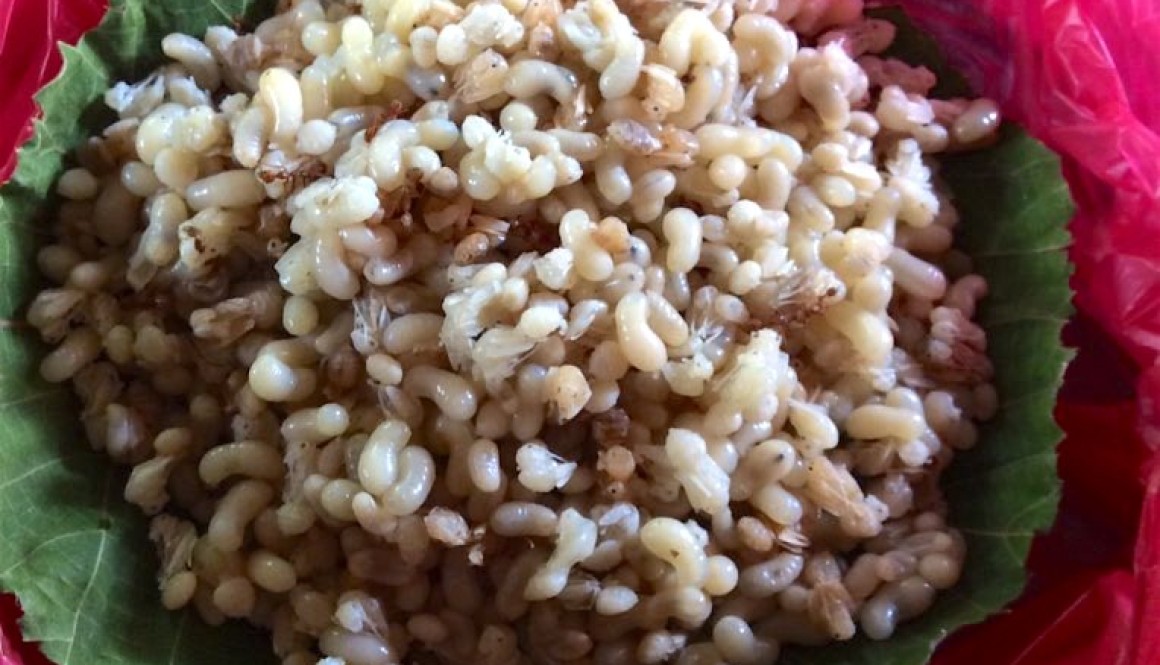
Itlog ng Antik
Itlog ng Hantik (Ants’ Eggs). Photos by @OkayMaine. Also known as Itlog ti Abuos in Ilocano cuisine.
Hantik or Antik are weaver ants known for their stinging bites. Their eggs (itlog) are considered a delicacy in the Philippines and are very hard to come by.